Voyager Spacecraft, the Most Distant Human Artifacts, Still Exploring 40+ Years On!
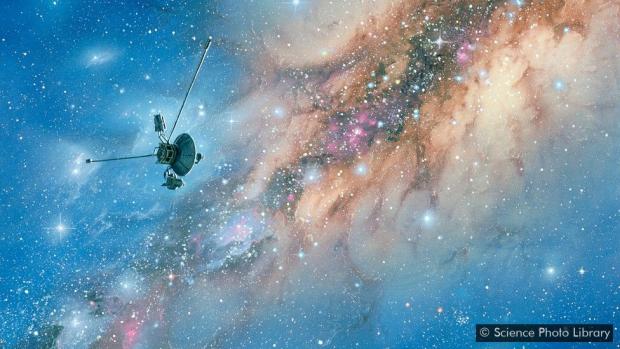
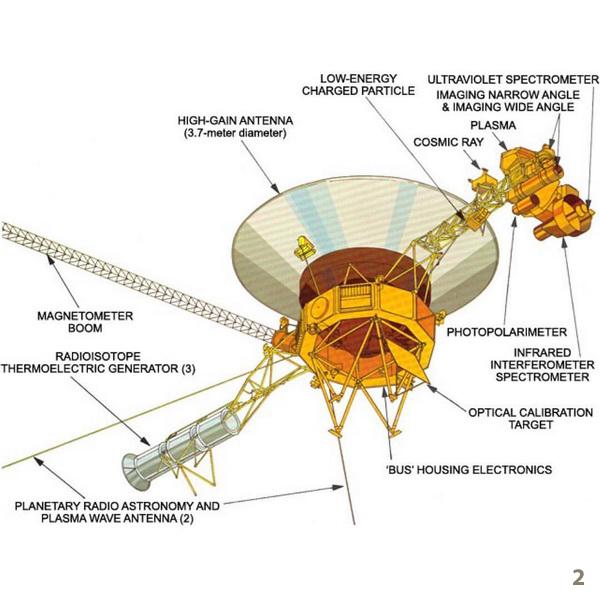
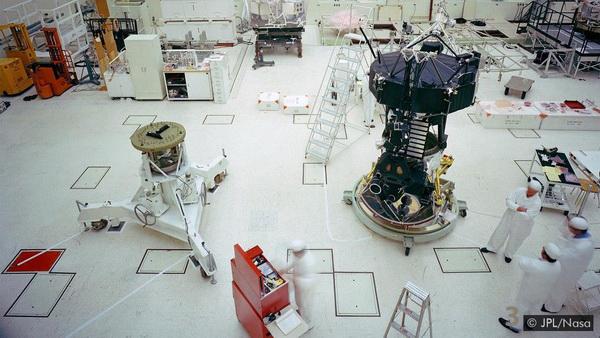
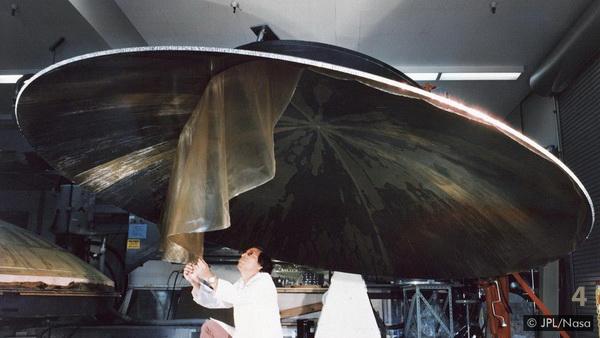
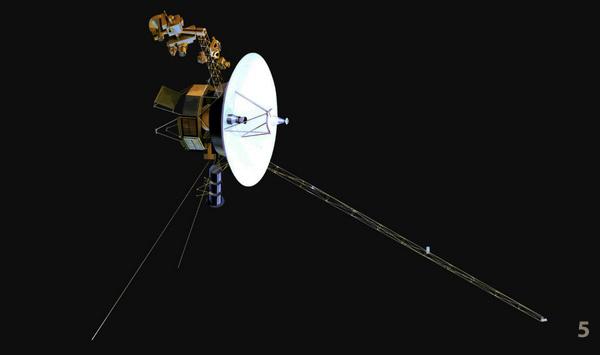
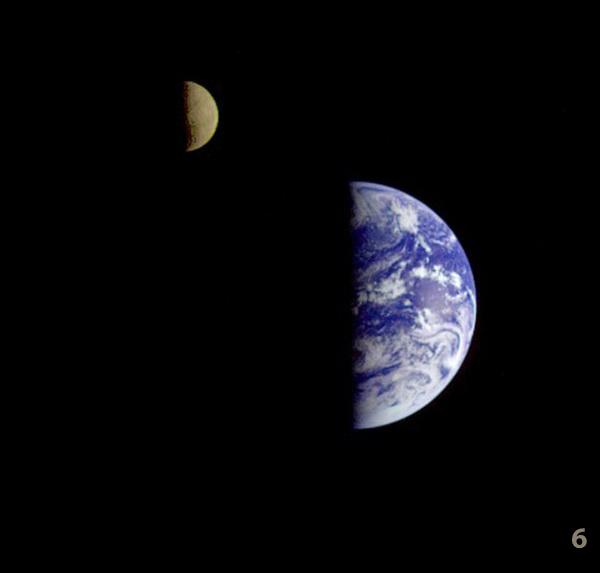
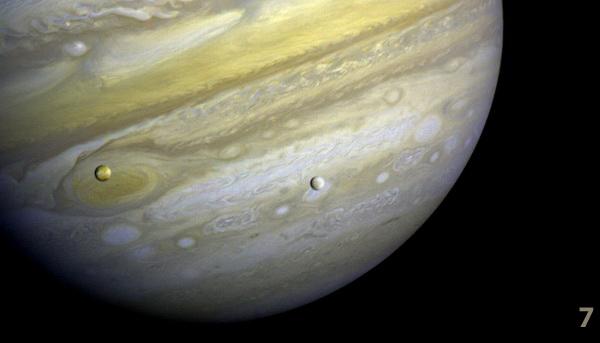
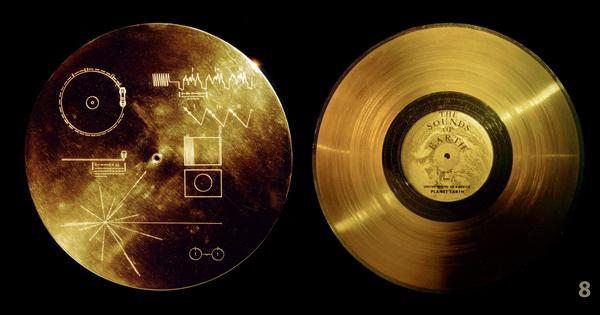
The BBC reprise of the Voyager missions launched in the 1970s is a must-see!
“Over the past 40 years, the two Voyager spacecraft have explored Jupiter, Saturn, Uranus and Neptune. They have sent back detailed views of these strange worlds, revealing moons encased in ice, covered in volcanoes and bathed in gasoline smog. The missions have changed our perspective on the Earth and, with golden gramophone records attached to their sides, are now taking human culture to the stars.”
Now pushing into interstellar space after sending back data on our solar system's largest planets as well as the outlying planets and their moons, both Voyagers are still capturing and transmitting invaluable observations of deep space, albeit with onboard systems partially scaled back. Captions:
1. Voyager art courtesy of the Science Photo Library via BBC.
2. Voyager instruments schematic courtesy of Weathernationtv.com.
3. & 4. Voyager Assembly, JPL NASA.
5. Voyager perspective in space, Wikipedia.
6. Voyager took the 1st single-frame image of the earth-moon system, JPL NASA
7. Voyager 1 image of Jupiter and its Great Red Spot, with Io (at left) and Europa transiting in front of the planet. JPL NASA via Weathernationtv.comtv.com.
8. Voyager gold record, JPL NASA
